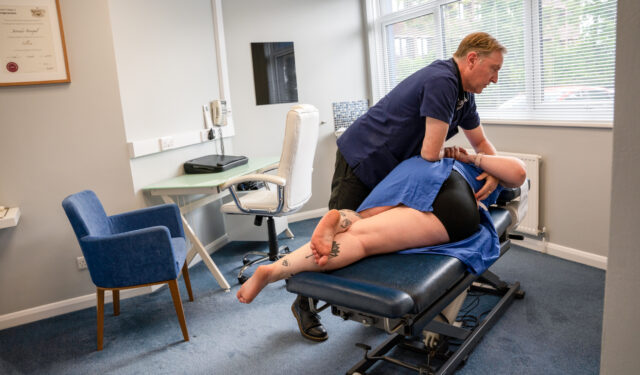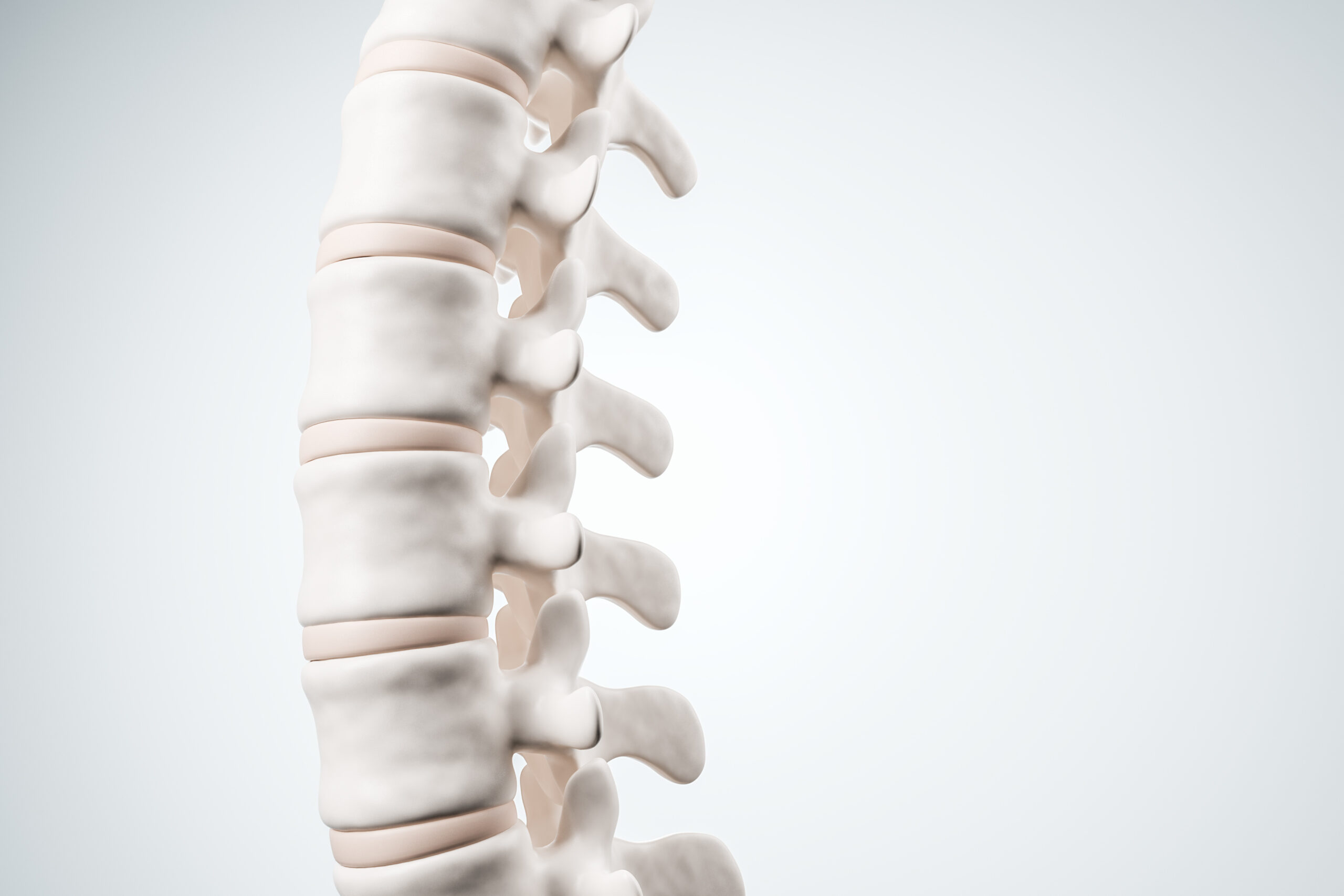Safety of Chiropractic Treatment
Is Chiropractic Treatment Effective?
Much of the research on chiropractic care focuses on lower back pain—and the results are strong.
One of the most influential UK studies was the MRC trial in 1991 (and its follow-up in 1995). It showed that chiropractic treatment outperformed physiotherapy, particularly for long-standing and severe cases. As a result, GPs were advised to recommend chiropractic care in national guidelines published in 1996 and updated in 2001.
Other major studies, including one published in the British Medical Journal in 2004, confirmed that spinal manipulation is not only effective—but also cost-effective. British Medical Journal’s (BMJ) website.
More recently, a 2006 BMJ review recommended chiropractic treatment for both acute and chronic back pain. LINK to research.
Despite this growing body of evidence, some skeptics still claim there’s “no proof.” But the data tells a different story: chiropractic care works—and it’s backed by science.
Chiropractic Is Cost-Effective Too
Chiropractic treatment doesn’t just help patients feel better—it can save money too. For employers, it reduces lost productivity and staff absence. For the NHS and private healthcare providers, it lowers spending on prescriptions, follow-up GP visits, and referrals to specialists.
The 2004 MRC-funded study mentioned earlier confirmed these financial benefits. Earlier studies, such as the 1993 Manga Report, also supported this conclusion. LINK to research.
It’s true—when companies and healthcare systems embrace chiropractic, they often see better outcomes and reduced costs.
Why Some Still Doubt the Research
Even when research is solid, some people remain unconvinced. This isn’t unique to chiropractic—it’s true across healthcare. Changing minds takes time.
Still, we’ve seen positive changes. Many GPs and other healthcare professionals now refer patients to us more often, recognising the value of chiropractic care. We’re truly grateful for that growing support.
Conclusion: The Evidence Is Clear
Today, chiropractic is one of the most researched complementary health professions in the world. It’s safe. It’s effective. And it’s cost-efficient.
Thanks to decades of high-quality research, chiropractic care is now part of national healthcare systems across Europe, North America, and beyond.
We know research articles can be hard to follow, so we’ve worked to summarise


